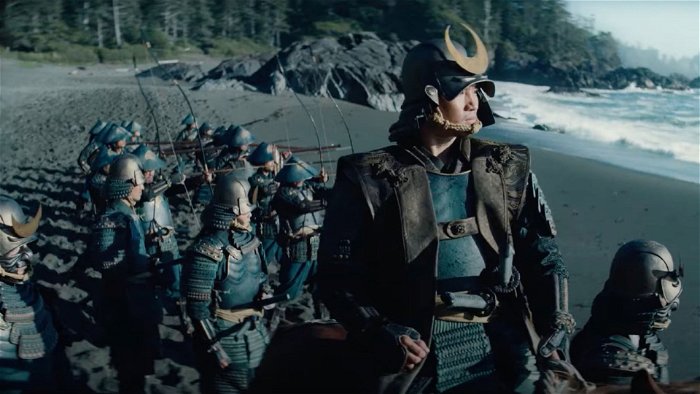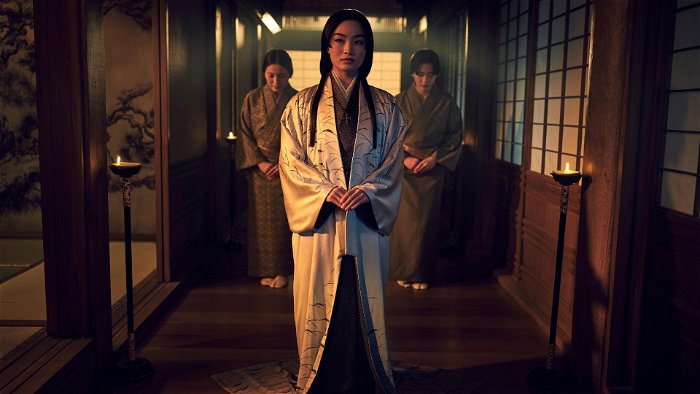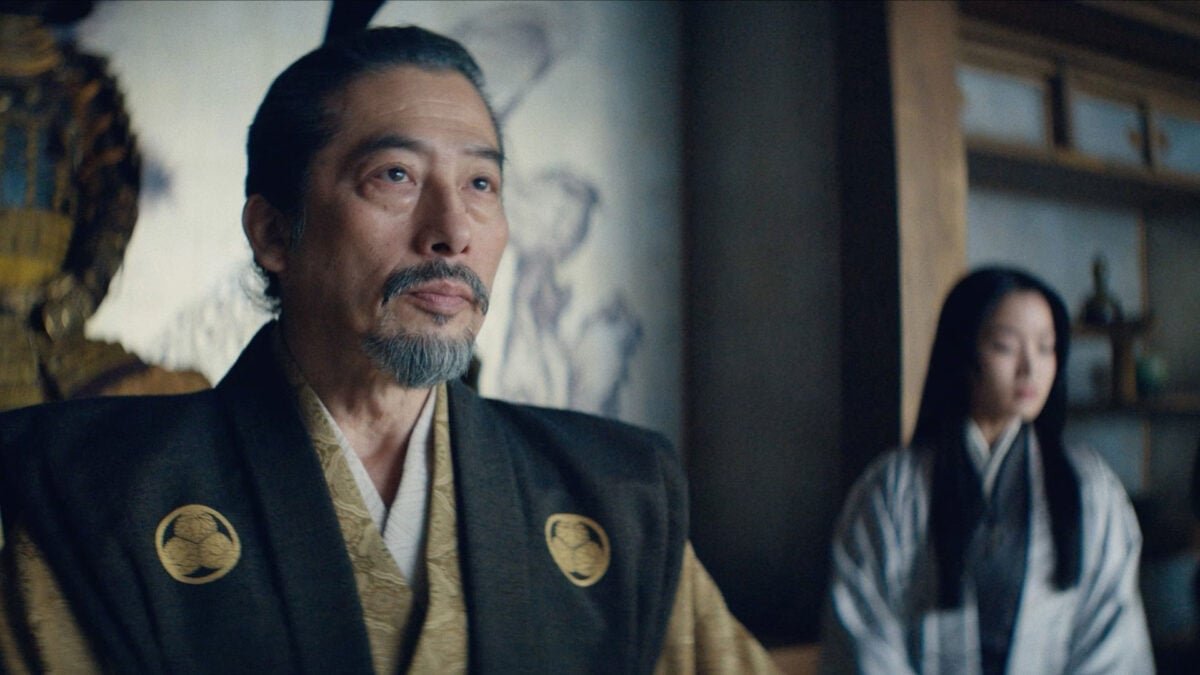In 1980, NBC took a huge risk and released an ambitious five-part miniseries of James Clavell’s novel Shōgun. It was a wildly successful gamble that took ratings by storm and forever changed television. Forty years later, things have come full circle with FX’s new take on Shōgun, a sweeping epic that reimagines the classic in a dramatic new fashion. Shōgun is a gripping prestige series heightened by a phenomenal cast of actors and a dedication to representing its setting with a true period piece.
Shōgun is set in Japan in the year 1600, opening on a time of time of discord as political powers vie for control of the country. It’s loosely based on the real history of Ieyasu Tokugawa and the rise of the Tokugawa Shogunate, with quite a bit of embellishment, of course.

The show ostensibly revolves around the collision of two different cultures, as an English sailor named Jonathan Blackthorne finds himself and his crew shipwrecked in Japan, juxtaposed against a powerful daimyo named Yoshii Toranaga.
“FX’s new take on Shōgun reimagines the classic in a dramatic new fashion, presenting a sweeping epic that captures the imagination.”
While the 1980 miniseries largely followed the exploits of Blackthorne, this new version of Shōgun splits time evenly between three leads: Blackthorne (Cosmo Jarvis), Toranaga (Hiroyuki Sanada), and Lady Mariko (Anna Sawai), a translator working in the service of Toranaga.
The first two episodes—Anjin & Servants of Two Masters—largely focus on the culture shock felt by Blackthorne himself, thrust into a wildly different land that he knows nothing about. As he struggles under the custody of Toranaga, the political powers across Japan start to make moves on the daimyo. Mariko’s place in all this is tied to her invaluable skill as a translator, but her dishonourable family history is a constant burden, forcing her to prove her value and allegiance time and again.

There’s a lot of exposition expectedly packed into those first two episodes, but as a whole Shōgun is undoubtedly a slow-burn by design. This iteration of the story is intentionally built out in the prestige show format, liberally and painstakingly taking time to build out the world and character, carefully laying the foundations for intrigue and drama along the way. Unlike many modern prestige shows post Game of Thrones, Shōgun doesn’t have multiple crescendos to its story but rather a steady incline that builds to an unforgettable finale in the end stretch.
“Shōgun is a slow-burn by design, carefully laying the foundations for intrigue and drama along the way, building to an unforgettable final
While the plodding nature of the narrative can sometimes be a negative, Shōgun is bolstered by its phenomenal three-lead approach. The stories of Blackthorne, Toranaga, and Mariko all receive equal screentime and are masterfully weaved together. This also allows Shōgun to explore three different perspectives that reveal more about the inner workings and machinations of its leads.
Blackthorne initially starts as a prickly, unlikable character, but his character softens as he grapples with a drastically different culture. Her duty binds Mariko to both her lord and husband, and she struggles against those bonds. Toranaga is weighed down by his duty to keep his people and homeland safe in the face of rising corruption. Each character has their own dedicated arc, but all three are inexplicably tied together.

This is made all the stronger by trio of phenomenal performances. Hiroyuki Sanada imbues Toranaga with an unmeasurable amount of gravitas, utterly stealing your attention with every scene he’s in. Cosmo Jarvis plays Blackthorne with a fitting harshness and gravelly voice that opens up to genuine emotion later on. And Anna Sawai plays Mariko with both grace and strength that’s undeniably compelling. These three actors are backed up by strong performances across the board by a massive, predominately Japanese cast.
Shōgun’s attention to detail is staggering in every way, and there’s a real sense of authenticity. Everything from the 17th-century Japanese dialect to the costuming and set design is painstakingly put together, creating a cohesive aesthetic that manages to feel both majestic and grungy all at once. The aesthetic is then driven home by weighty themes about fate, duty versus freedom, and tradition.
Shōgun is one of those rare shows where it truly feels like an event, where everything feels like a spectacle despite being relatively light on action. The slow-burn story and heavy exposition is assuaged by scintillating writing and dynamic actors that truly make events come alive. It’s a gorgeous and heartfelt reimagining that elevates the legacy of its source material.






